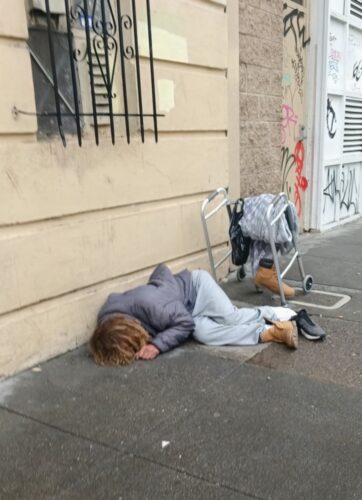What a Proposed 50-Story High Rise in the Sunset District Tells Us About SF’s Housing Debate
By Casey Michie
caseymichie94@gmail.com
It’s no secret that San Francisco is expensive. The city regularly tops lists of municipalities with high housing costs and soaring cost of living. As issues of unaffordability have exacerbated over recent decades, many residents have butted heads over the disparity of new housing development.
Those against new development, often referred to as NIMBY’s or “not in my backyarder,” oppose denser housing often arguing that construction of new projects will destroy the character of a neighborhood. On the other hand, YIMBY’s or “yes in my backyarder,” advocate for new development and capital improvement projects to tackle issues of affordability. In San Francisco, NIMBYs have dominated the political landscape blocking housing projects for decades, but in recent years the housing crisis has galvanized fierce debate opposing such policies. The city is now faced with the momentous task of constructing 82,000 new residential units within the next eight years – something will have to give.

The clash between San Francisco’s dire need for more housing and the restrictive attitudes of NIMBYs is perhaps best personified with the proposal of a new 50 story mixed use high rise along Sloat Boulevard. For many familiar with debates concerning housing development in San Francisco, the proposal seems absurd. If constructed, the Sloat Tower would become the 12th tallest building in the city, sticking out like a sore thumb among the sea of row to row single family homes that dominate the neighborhood. So will it likely be built? Probably not, but the absurdity of the proposal holds a mirror to the absurdity of hou
sing policy that has led San Francisco head-on into the housing crisis in the first place.
original proposal for the 2700 block of Sloat was a reasonable mid-rise residential development, which received fierce opposition from homeowners in the area who sighted traffic, parking, and noise concerns. The new 50 story proposal in many ways, seems a spite by the developer toward the NIMBY’s attitudes that have blocked reasonable proposals across western San Francisco for decades. But how will such a proposal affect the conversation of housing density?
It is possible that the proposal of such an extreme building can shift the Overton Window on the debate, making six to eight story developments seem reasonable in comparison. If there has to be compromise between single family housing and towering high rises, perhaps mid density mixed use developments along transit corridors isn’t that disruptive after all.
However, the proposed high rise, especially if constructed, could further galvanize NIMBY sentiment in the city. Much as backlash to the construction of the Tour Montparnasse led to seven-story height restrictions in Paris between 1975 and 2015, the Sloat development could reignite the anti-Manhattanization campaigns that gained strong traction in San Francisco during the 1970s.

Yet the reality remains that we are in the midst of a housing crisis. Whether the 2700 Sloat boulevard project is developed as a midrise or high-rise, if it is developed at all, the 82,000 new housing units will have to go somewhere. People need affordable homes to live in, and the NIMBY attitudes that have long held San Francisco development hostage are just as destructive to the fabric of our community as an out of place high rise.
